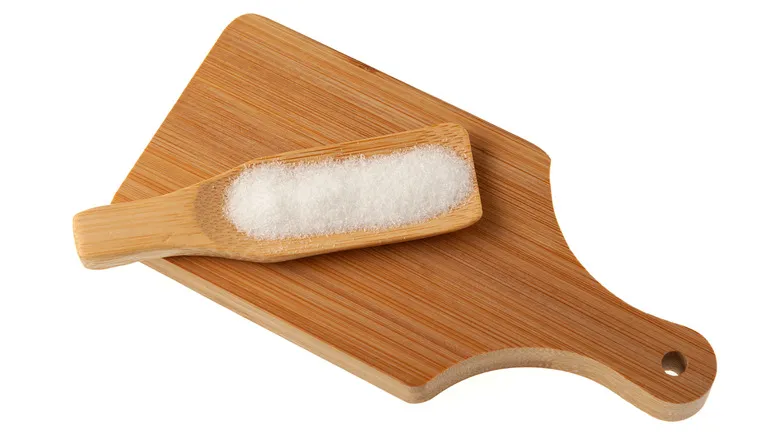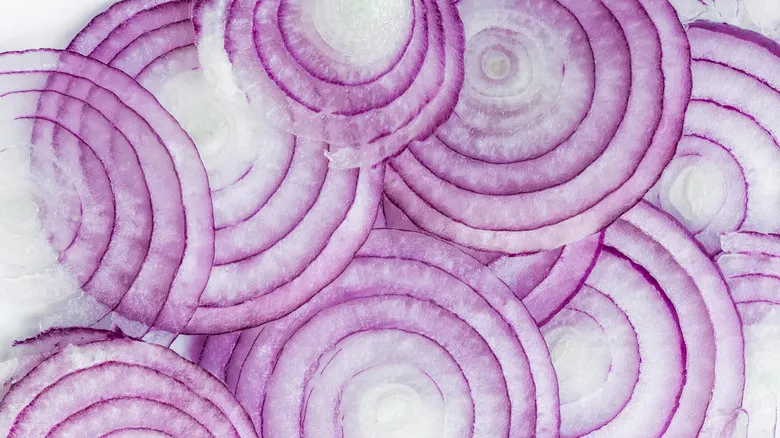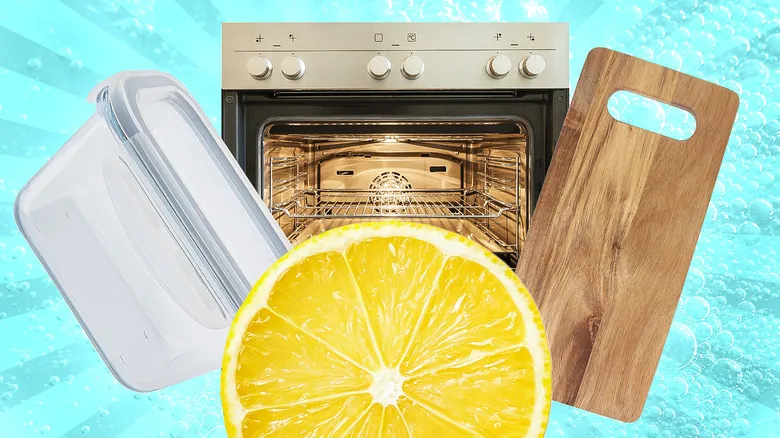What exactly is sodium citrate?

Sodium citrate is a compound made from sodium and citric acid, appearing as a white, crystalline substance similar to regular salt. If you're not acquainted with citric acid, its name gives a hint: it's the sour component found in citrus fruits like lemons and limes. While sodium citrate is completely safe for consumption, it can irritate your eyes if it comes into contact with them, much like regular salt or lemon juice. In addition to its use in enhancing flavor and preserving food, it is sometimes prescribed as a medication to reduce acidity in the body. However, that's just a side note to the cheese sauce you're preparing.
Sodium citrate is particularly effective at melting cheese into a smooth, appealing texture because it prevents the hot, melted cheese from clumping into thick masses surrounded by watery liquid. In simpler terms, it serves as an emulsifying agent for cheese, allowing the proteins, fats, and calcium to mix seamlessly without separating. The result is a creamy cheese sauce that’s ideal for drizzling over pasta for macaroni and cheese or for dipping tortilla chips as a tasty snack.
Recommended

The Baking Soda Trick That Takes The Intense Bite Out Of Onions

Your Sandwiches Are Missing One Flavor-Packed Ingredient

Cringeworthy Today, Ambrosia Salad Was Once A Symbol Of Luxury

For Better Tempura, You Need Soda Water
Next up





